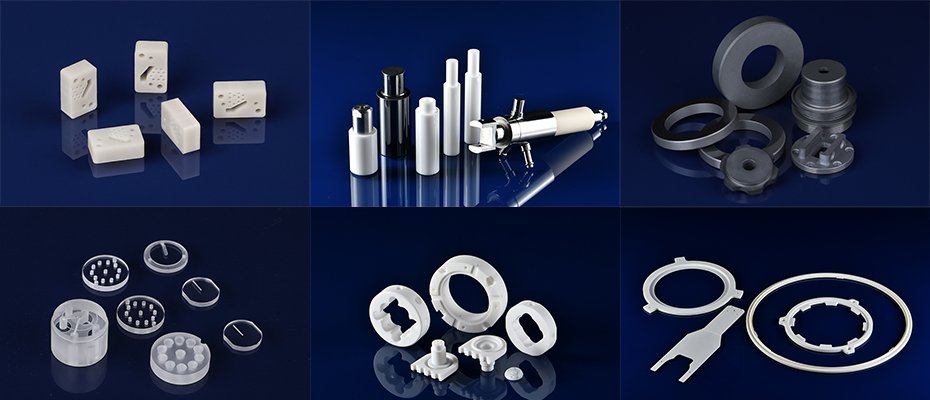Having worked in the precision ceramics industry for a while, you’ll notice a pattern: what truly causes projects to fail is often not insufficient machining precision, but rather choosing the wrong materials from the outset.
Many machining difficulties, unnecessary rework, and various anomalies during the testing phase, ultimately stem from a mismatch between material selection and practical application.

Materials are not simply "good enough," but rather an integral part of an engineering system.
Many customers initially say:
- “The temperature isn’t high, alumina will do, right?”
- “As long as the strength is sufficient, I can just use any zirconia for now?”
- “Electrical insulation is fine, ceramics are all pretty much the same.”
But problems only arise during the processing, assembly, and testing stages:
- Material cracking during high-temperature testing
- Optical alignment misalignment of the laser cavity due to mismatched thermal expansion coefficients
- Repeated vacuuming of the vacuum system due to excessive gas release
- Structural components chipping during micro-hole machining due to low toughness
The root cause of these seemingly “processing problems” is actually:
Mismatched material selection → Significantly increased processing difficulty → Sharply decreased finished product yield
In Jundro Ceramics’ practical experience, many customers have wasted 3-6 months simply because of choosing the wrong material.
Why does choosing the wrong materials make processing 10 times more difficult?
Because the material determines:
- Cutting method
- Tool life
- Machineable dimensions
- Achievable flatness/roundness
- Polishing limits
- Post-assembly performance
How can I quickly avoid choosing the wrong materials?
When materials are inherently unsuitable for a particular structure or application, even the best equipment and processing capabilities can only provide a marginal solution. Therefore, understanding the following three points can help avoid 80% of the problems.
① What is the operating environment?
- Temperature range
- Vacuum level
- Corrosive media
- Häufigkeit der thermischen Zyklen
② What are the performance targets?
- Strength
- Wärmeleitfähigkeit
- Insulation
- Optical requirements
- Matching of thermal expansion coefficients
③ What are the limitations of the processing structure?
- Thin walls
- Micropores
- Chamfering
- Ebenheit
- Optical surfaces
The clearer the information, the more accurate the material selection, and the smoother the processing.
Zusammenfassend
In demanding applications such as semiconductors, aerospace, medical, lasers, and quantum research: Choosing the right material is the cheapest step; choosing the wrong one is the most costly mistake.
Jundro Ceramics provides material selection advice, processing feasibility analysis, and risk warnings, improving project success rates from the outset.
If you have design drawings or ceramic parts requirements, please contact us for a free evaluation.
